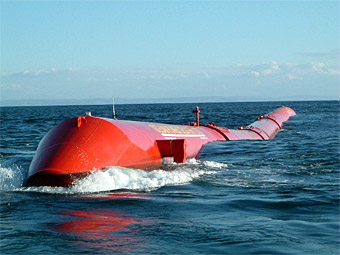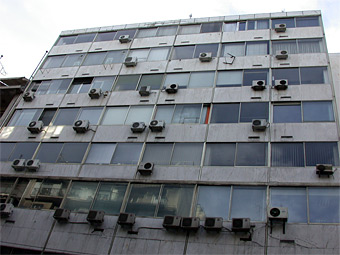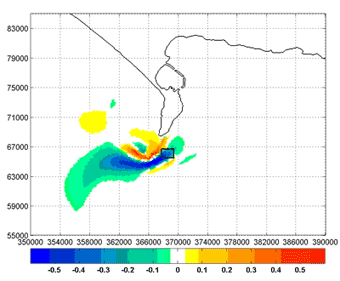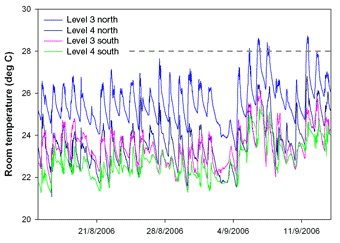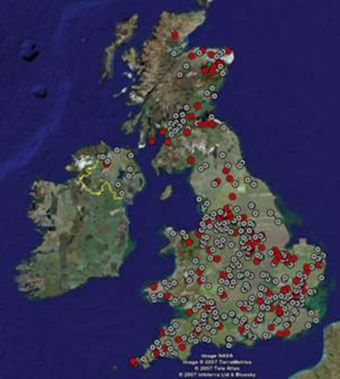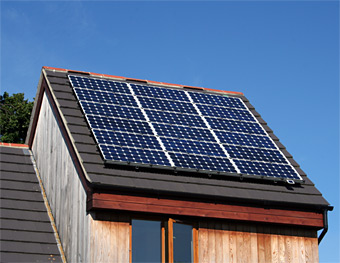Within the UK microwind trial research project funded by the Energy Saving Trust members of SERG have produced a report integrating issues of domestic wind speed prediction, measured performance results of the field studies, the potential market for small-scale wind turbines, customer feedback and recommendations for domestic consumers. Energy Saving Trust
Research
The ability to measure accurately the wave energy resource at a given site is essential for the successful development of wave farms. The likelihood of success must be assessed before a project goes ahead. A collaborative project between the University of Southampton and Pelamis Wave Power Ltd (PWP) is currently aiming at providing a wave […]
Climate change is one of the largest threats both for the global economy and the local community. It is predicted that, by 2100, average temperatures could rise as much as six degrees Celsius. The UK is anticipated to become hotter and drier in summer and milder and wetter in winter even under low carbon emissions […]
What is CCWeatherGen? The climate change weather file generator (CCWeatherGen) enables you to generate climate change weather files for the UK ready for use in building performance simulation programs. It uses the 2002 climate change scenario predictions provided by the UK Climate Impacts Programme (UKCIP) (1) and is listed as ‘UKCIP02 extra‘ on the UKCIP […]
Acheiving low cost, non-toxic, high efficiency, high throughput solar cells is the ultimate challenge for the solar energy industry. Traditional glass laminate crystalline silicon solar cells offer relatively high efficiency (up to 20%) but are an expensive product. At SERG research and development of low cost sputtered amorphous silicon solar cells on flexible substrates is […]
Little is known about the possible effects that a large number of tidal turbines would have on the local tidal regime. Having some idea is important, not only for the purpose of predicting power output (it could be reduced due to reduced flow speeds), but also for environmental impact assessment. Field data on these effects […]
Several University of Southampton case study buildings of different age and state of repair have been monitored over longer time periods looking at environmental parameters such as temperature, relative humidity and carbon dioxide concentration. Measurements were made at five minute intervals over several weeks for each building. The scope of these studies was to identify […]
The UK has the best wind resource in Europe and this is now starting to be harnessed through both on-shore and off-shore multi-MW scale wind farms. Micro wind power technology, which is essentially the installation of small scale, 1-10 kW wind turbines on buildings or pole mounted as shown in Figure 1, is a rapidly […]
Residential housing accounts for more than a quarter of the UK’s primary energy consumption. This is primarily in the form of space heating (typical 3 bedroom UK house 20,000 kWh per annum) with electrical demands being much lower at around 4,000 kWh per annum. The gradual tightening of building regulations means that modern housing consumes […]
Residential grid connected PV systems are relatively simple to design with easy to predict annual yields. However, the headline economics of residential PV in the UK are at present unattractive. A typical small residential PV system (1 to 3 kWp) as shown in the top figure would cost in the year 2000 around £4,500 per […]

